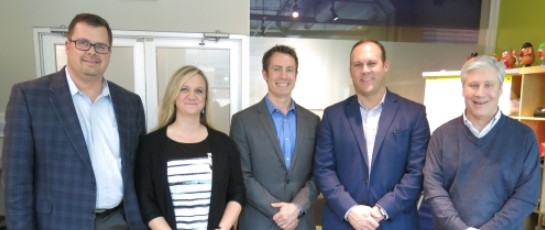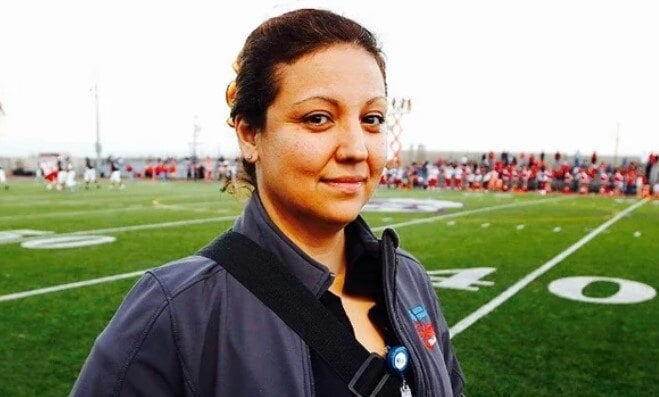What Should Your Athletes Know About Tommy John Surgery?
 It used to be that a torn ulnar collateral ligament (UCL) would spell disaster for any pitcher’s career. Enter Tommy John surgery—a groundbreaking procedure that has turned countless career-ending injuries into mere setbacks.
It used to be that a torn ulnar collateral ligament (UCL) would spell disaster for any pitcher’s career. Enter Tommy John surgery—a groundbreaking procedure that has turned countless career-ending injuries into mere setbacks.
 Named after the pioneering pitcher who first underwent this procedure, Tommy John surgery, or UCL reconstruction, has become a beacon of hope, offering athletes a second chance to reclaim their place on the mound.
Named after the pioneering pitcher who first underwent this procedure, Tommy John surgery, or UCL reconstruction, has become a beacon of hope, offering athletes a second chance to reclaim their place on the mound.
More than 1,000 professional pitchers have had the ulnar collateral ligament in their pitching elbow reconstructed since Frank Jobe, MD, operated on Tommy John in 1974. The share of active major-league pitchers who had undergone Tommy John surgery hit 35.3% in 2023, a 29% rise since 2016.
In an installment of the AMA’s "What Doctors Wish Patients Knew" series, two physicians from Henry Ford Health discussed what patients need to know about Tommy John surgery. Dr. Eric C. Makhni, a sports medicine orthopedic surgeon, and Dr. Vasilios Moutzouros, an orthopedic surgeon and chief of sports medicine, shared their insights.
Tommy John surgery is no longer just for professional athletes. Increasingly, more school-aged athletes are undergoing the procedure. By 2014, research indicated that 67.4% of UCL reconstruction surgeries were performed on athletes aged 16–20, with some even occurring in Little League.
Dr. Makhni emphasized the role of pitch velocity in increasing injury risk:
“The harder you throw, the more torque and stress there is on the elbow. This is especially risky for kids who are throwing too hard.”
He also pointed out the dangers of using weighted baseballs to increase velocity quickly, stated:
“You end up putting overload stress on the elbow, compromising injury risk.”
To prevent injuries, proper training and avoiding single-sport specialization are crucial.
“If you play the same sport year in, year out, season in, season out, you start to get overuse injuries.”
He also stressed the importance of adequate rest between outings and seasons.
“We always say, go and play baseball in the spring, football in the fall, basketball in the winter, or whatever you choose, but change sports to give your body a period of rest.”
Dr. Moutzouros added:
“Warming up properly, not overthrowing, and having a consistent pitching rhythm are key to preventing injury.”
He also highlighted the significance of having a safe environment where athletes feel comfortable reporting pain and taking a step back when needed.
While Tommy John surgery offers a path to recovery, prevention remains the best approach. For those who do need the procedure, a long and thorough recovery and rehabilitation process is essential for a successful return to the game.
“Baseball pitchers who have a repair can get back to a game situation hopefully in that seven-to-10-month range. For pitchers who have had a reconstruction, it could be nine to 16 months, but the target is 10 to 12 months.”
And outcomes worsen with each Tommy John surgery.
"It’s a longer return to play. It’s a lower likelihood of return to play. If we have to go back and there’s a loose piece of bone or fragment, it’s a lot of scar tissue and it’s much harder for the surgeon, the patient and the recovery.”
Read the full article here!
![HR Logo [Recovered]_Full Color Vertical-1](https://blog.healthyroster.com/hs-fs/hubfs/HR%20Logo%20%5BRecovered%5D_Full%20Color%20Vertical-1.png?width=199&height=178&name=HR%20Logo%20%5BRecovered%5D_Full%20Color%20Vertical-1.png)
 By
By


